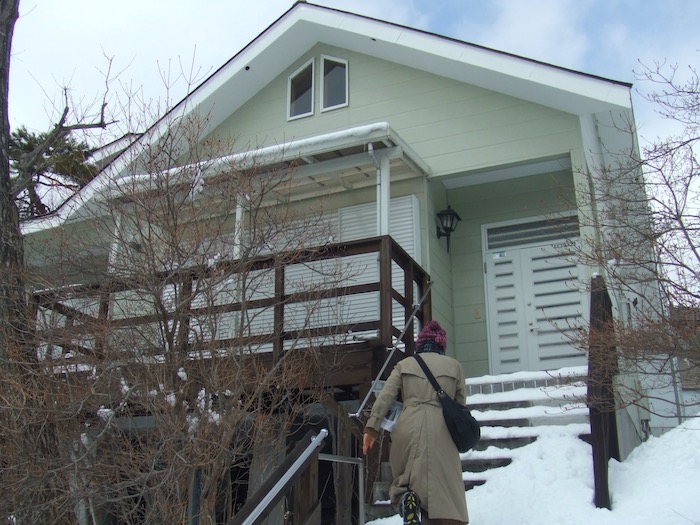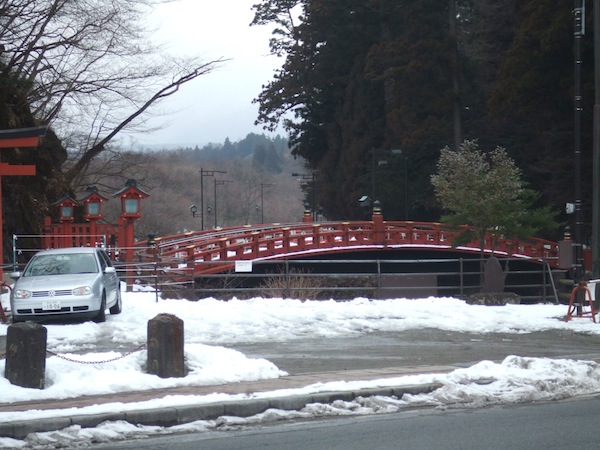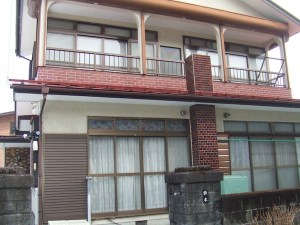Last Resorts
Here is another draft chapter from our unpublished book about our house-hunting adventure. This one is about second homes and so-called resort mansions.

One late summer morning in 2012 we were on the Tokaido Shinkansen super express and ran into a friend we hadn’t seen in years. He asked us if we were still living in Tokyo and we said we had moved some time ago because of the earthquake. He then asked what we were doing on the bullet train and we said we were on our way to Atami on the Izu Peninsula to look at some properties we might be interested in buying. He gave us a funny look. “That would seem to be the worst place to live if you’re afraid of earthquakes.”
True. Just the day before Japan’s Cabinet Office Disaster Council had updated its projections for a major earthquake occurring in the Nankai Trough, the deep indentation in the sea bed off the Pacific coast, and Shizuoka Prefecture, which contains Izu, was deemed the worst location in terms of projected casualties, though, technically, most of those casualties would be in the western part of the prefecture, not Izu. In any case, we weren’t completely serious about buying a place there. Having been frustrated in our search for a home we could afford, we were entertaining the idea of keeping our rental and buying a cheap old fixer-upper in a location with cooler summers. If our income situation worsened and we had to give up renting, then we would at least have a roof over our heads, and if things continued as they had been then we’d have a weekend/summer place. There are plenty of old dumps in the highlands of Tochigi and Nagano, or in the wilds of Chiba that can be had for under ¥7 million, though they’d require another ¥3-5 million to make livable. And during our search we noticed there were quite a few such places in Izu, too, mainly besso (separate homes), which we had avoided so far. Second homes tend to be built in specially designated developments managed by companies that charge yearly fees. Also, besso are usually impractical for year-round living, but since we weren’t necessarily going to be living in one year-round we thought we’d see what was available. And Izu is, as they say, the “Riviera of Japan.” More to the point, it’s cooler in the summer.
Read More



